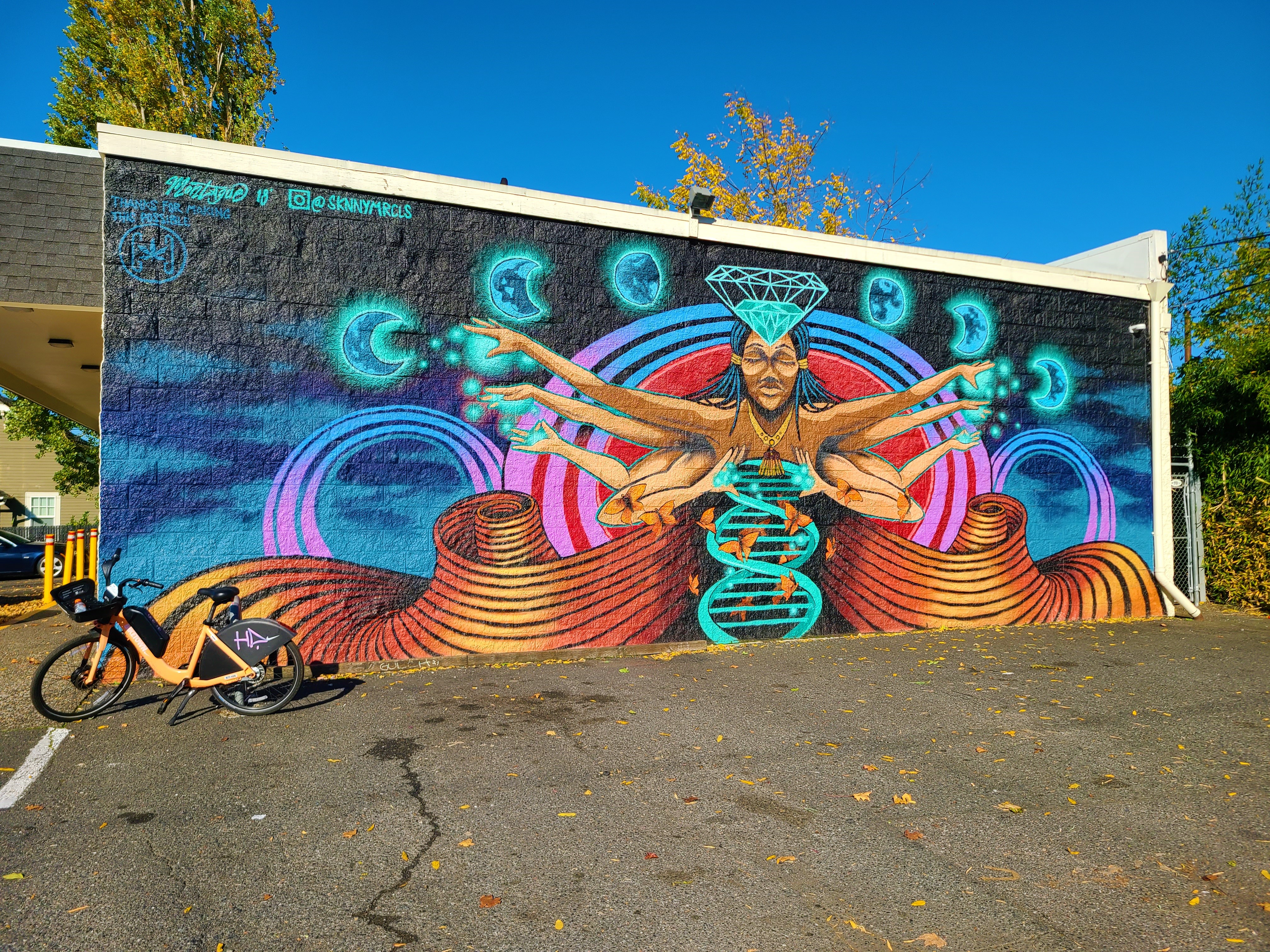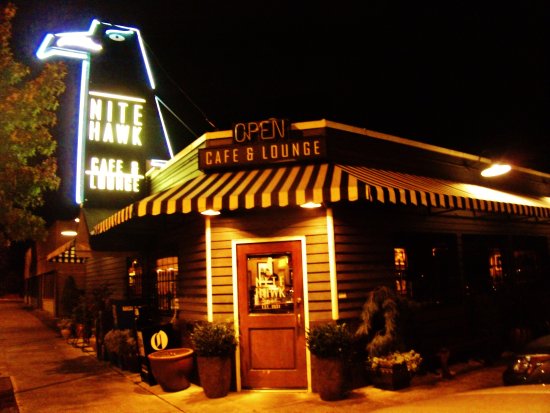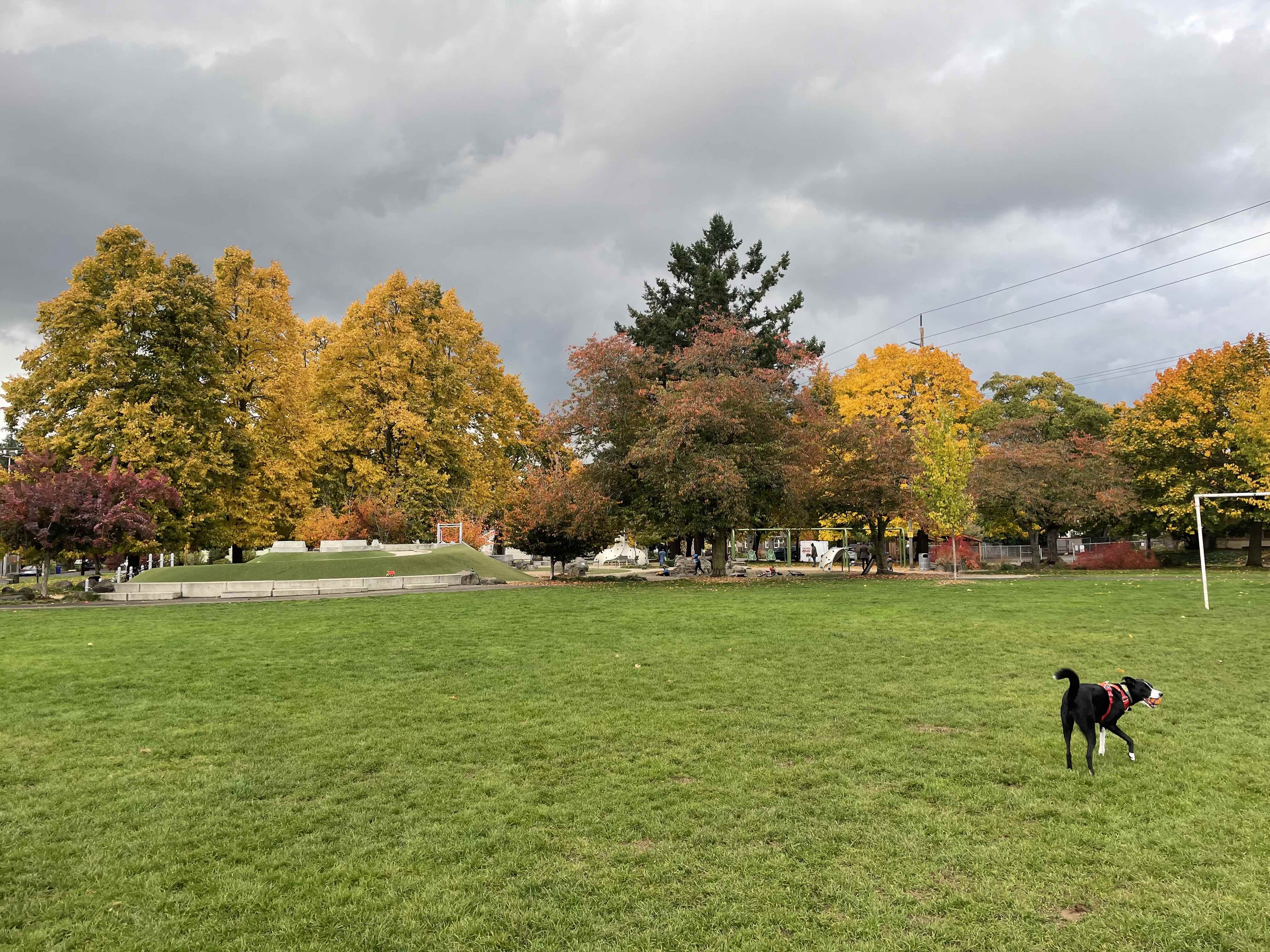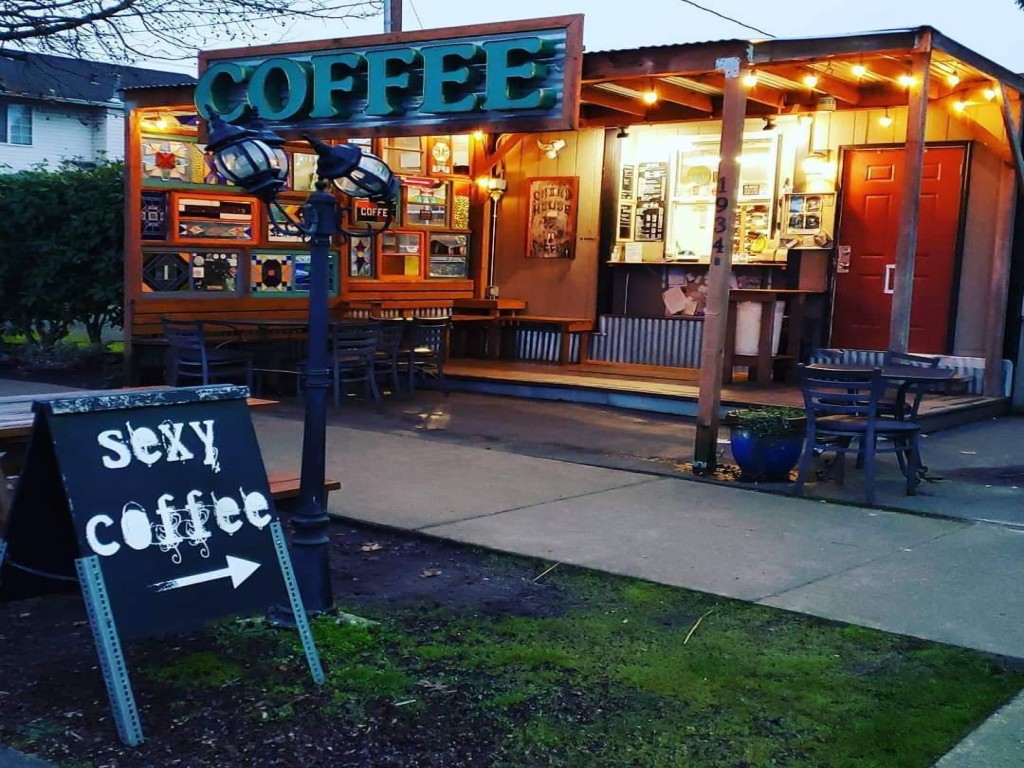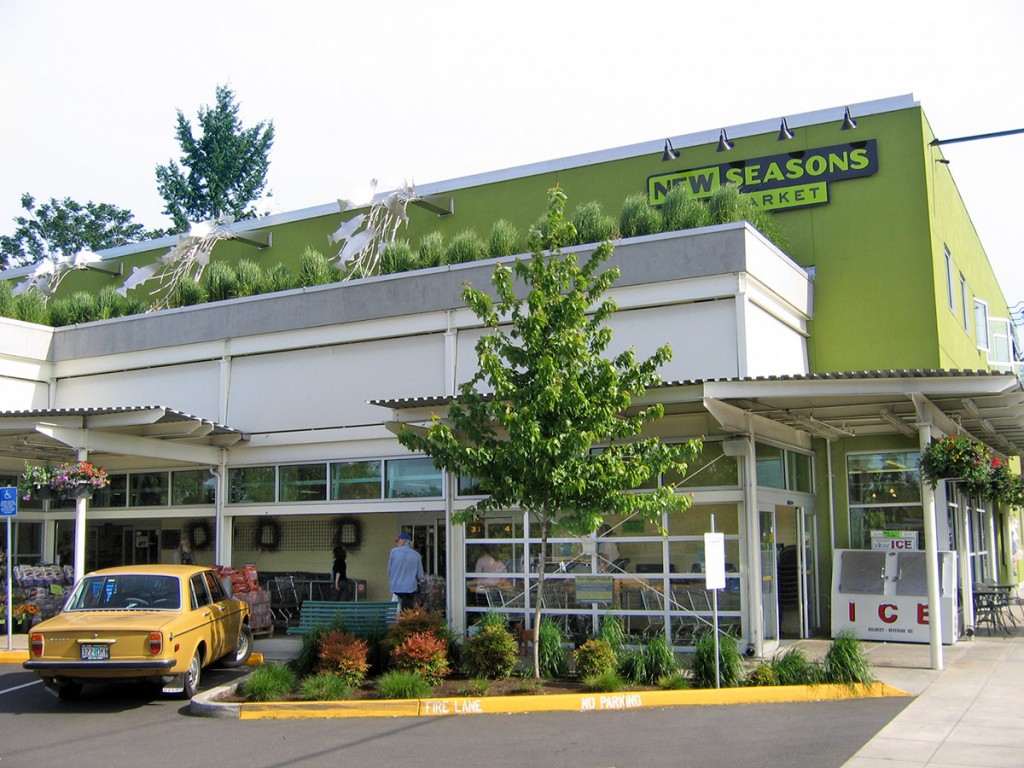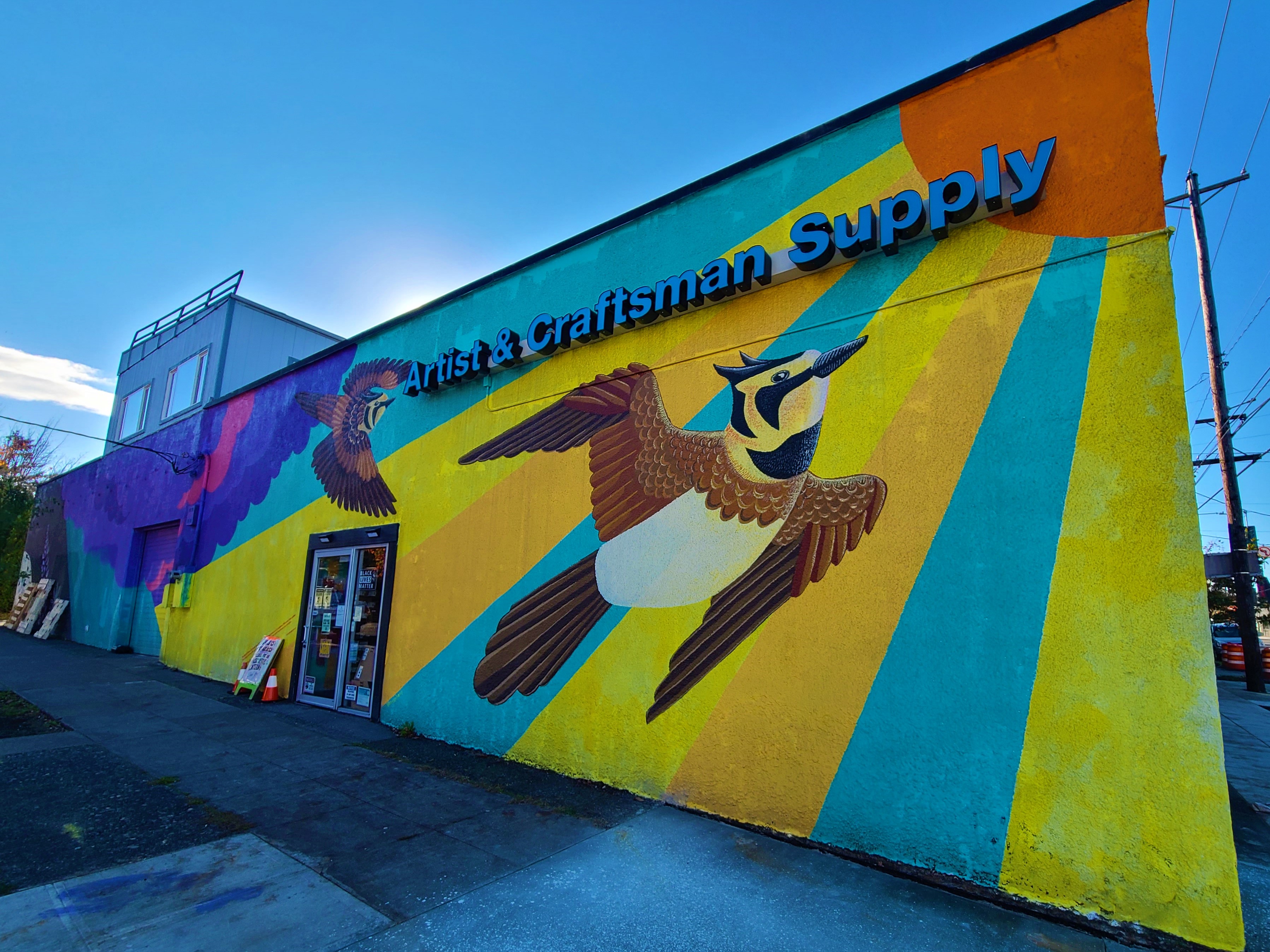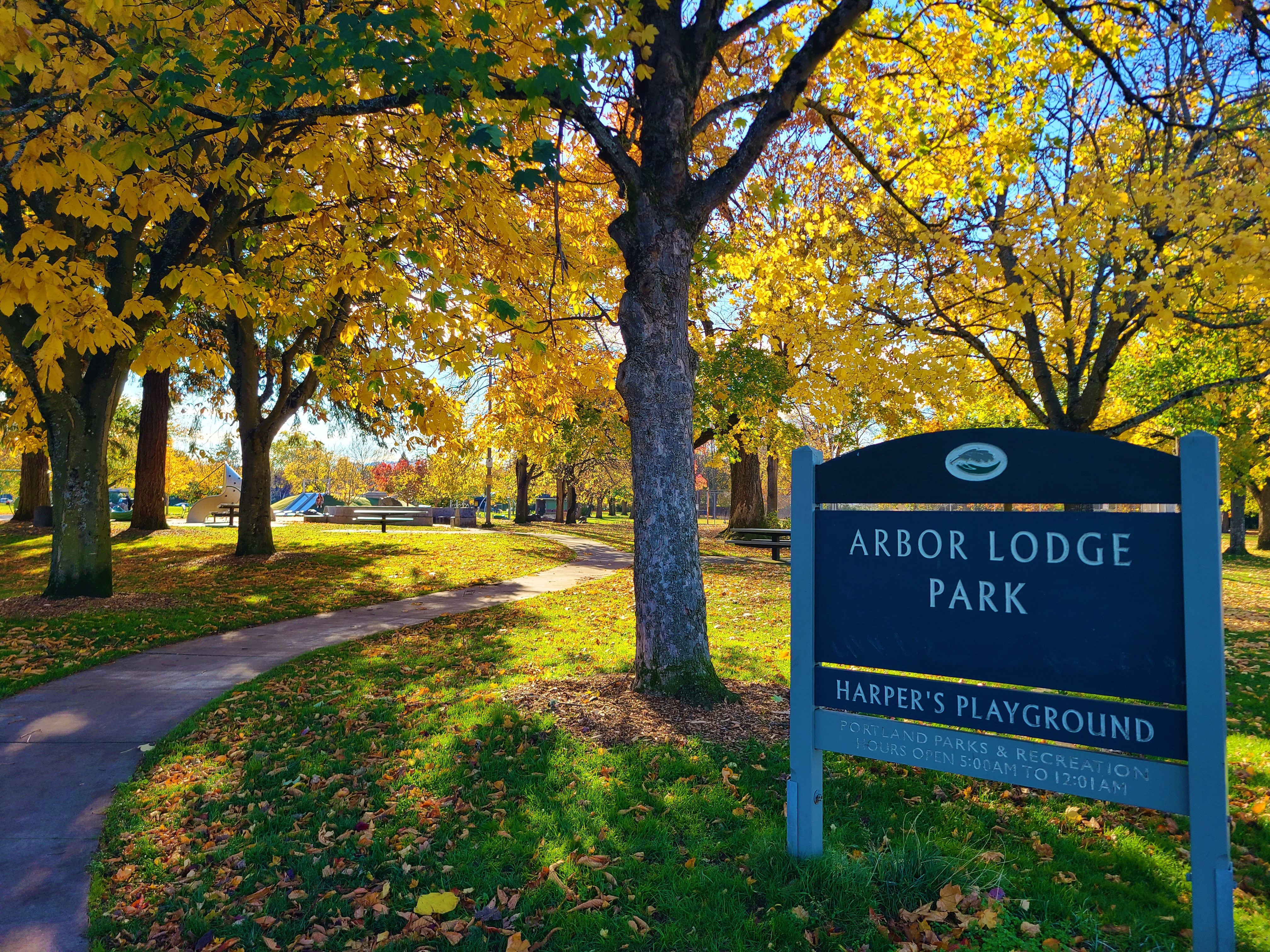11/16/2013
Update: November 16th 2013
November ALNA Board meeting, Thursday, 21stOpen to all, please come join us at the Kenton Fire House, 2209 N. Schofield, 6:30 -8We will be talking about Clean Air, Bike Safety, how to operate with out a Chair, communications, and how to have fun as a group. We look forward to your input. Pizza for early arrivals, especially if you can help us set up tables and chairs (6:15). We hope to see you there.
11/14/2013
ALNA Supports Neighborhood Emergency Team grant proposal
The fledgeling Neighborhood Emergency Team (NET) has submitted a grant proposal to Metro that would purchase some equipment and a storage shed for the equipment. It would all reside at or near Arbor Lodge Park (which is the nearest BEECN site to our neighborhood).
You can see the letter we wrote here.
If you would like to learn more, please contact us!
10/25/2013
Emergency meeting
Agenda:* decide whether or not to submit a letter of support for a proposed Metro Grant * the Grant would purchase emergency equipment to be used in the event of a disaster * all equipment would be stored at AL Park in secured containers * Nate Young who has attended meetings about this will be present to answer questions * clarifying info from the grant writer has been requested from your questionsGrants will be reviewed starting in November, likely prior to our Nov meeting.
Wed, Oct 30th, 7pm, Stephanie's home, 7025 N. Campbell
Questions, please go to contacts on the AL website and e-mail us. Thanks!
10/23/2013
Invitation to the North Portland Land Use Group
Arbor Lodge residents, this Thursday, join the North Portland Land Use Group to hear about broader land-use issues affecting our neighborhood as it relates to our place within the city.
At this meeting, people from all over North Portland will gather to hear a report on proposed toxic waste dumps in North Portland's Willamette River Superfund area. Also, Portland Housing Bureau is asking for feedback on a report they've develop that provides a comprehensive understanding of vulnerable populations, areas of opportunity, neighborhoods at risk of gentrification, understanding how we choose where we live.
If you've still got room for more, stick around for two presentations educating you on how to use online mapping tools to weigh in on the City's plan for how to shape our neighborhood over the next 25 years! http://www.portlandbps.com/gis/cpmapp/
October 24th NPLUG meeting
Historic Kenton Firehouse 8105 N. Brandon
7:00-9:00 pm
Want more info? Contact Mary Jaron Kelley
North Portland Neighborhood Services
10/22/2013
Land use actions in Arbor Lodge and surrounding area
The City of Portland is currently tracking several land use changes in North Portland. There is a lot partition currently under review for 7105 N Greenwich, a demolition planned at 6837 N Interstate, and a major road construction project planned for N Denver north of Kenton.
Click any of the links for more information on any of these projects. Let us know if you have any questions or concerns with our contact us form!
